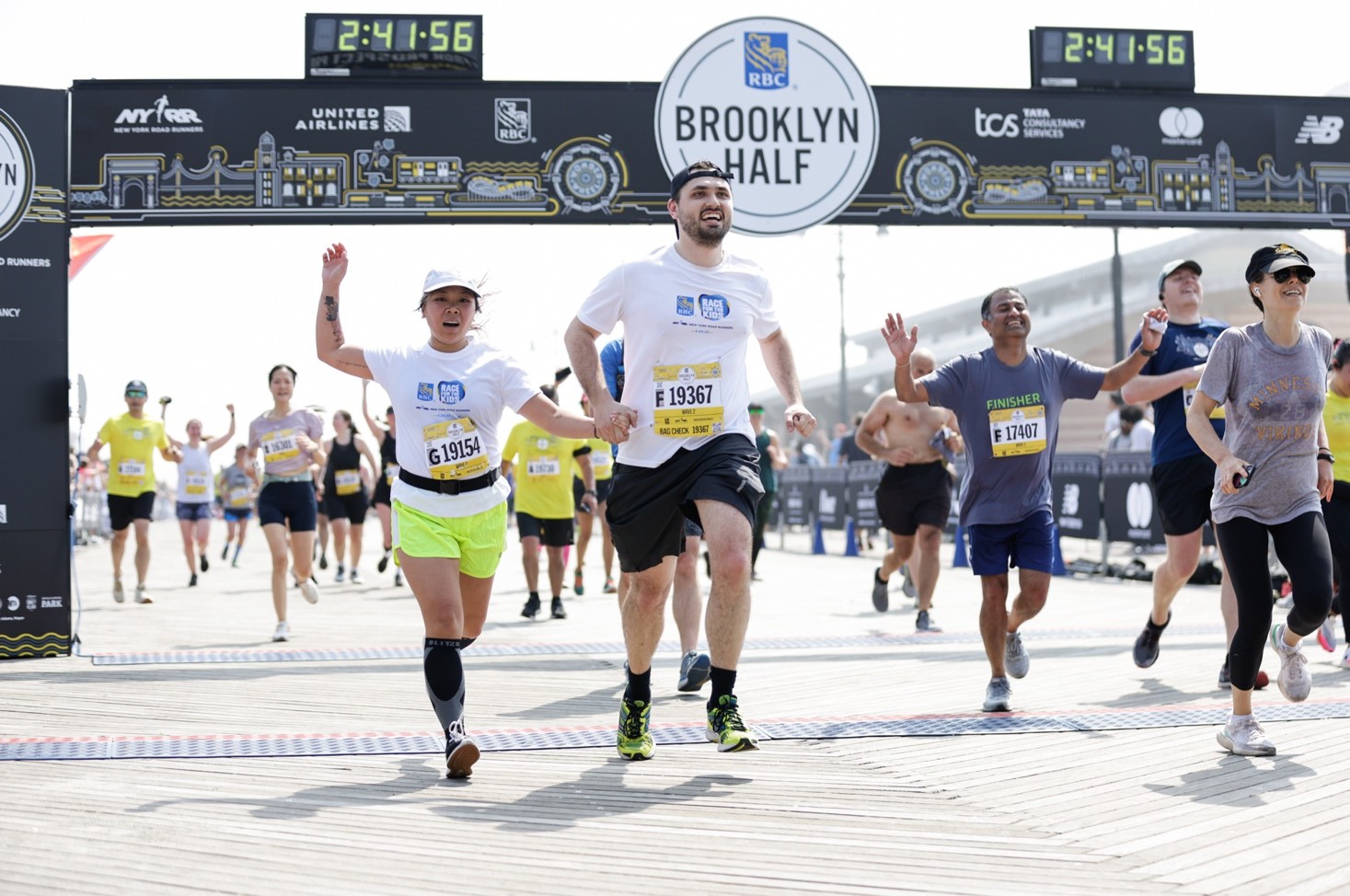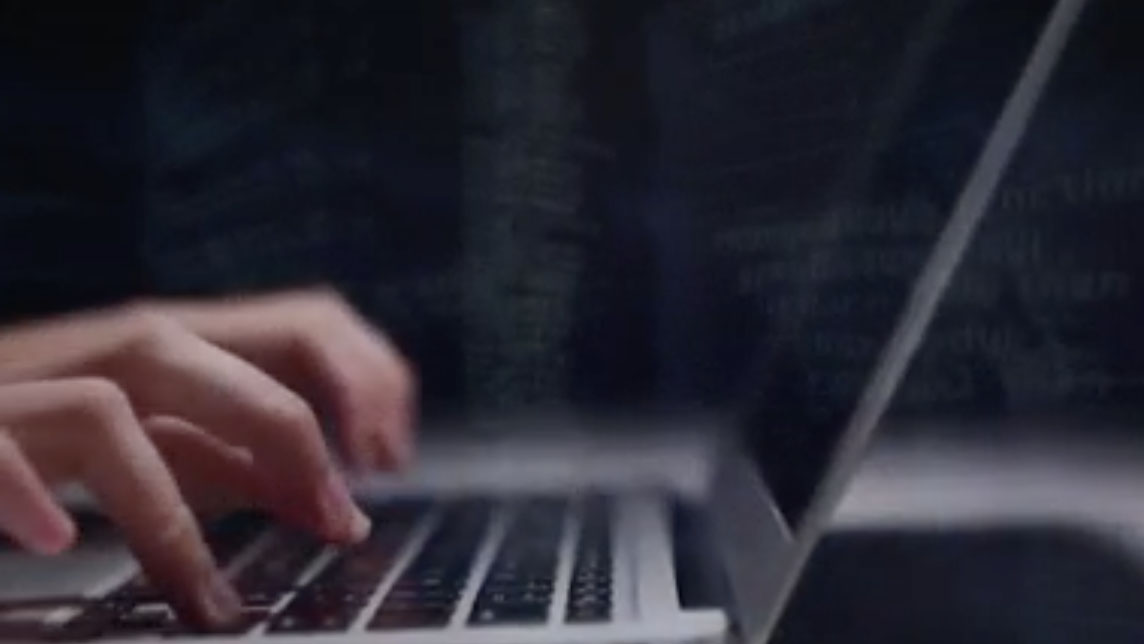Law enforcement agencies across the U.S. are filing FAA applications to use drones for surveillance but civil rights groups are concerned about a lack of regulation.
In January, NYPD Commissioner Ray Kelly said he would be interested in using drones for monitoring crowds and large demonstrations. But Kelly’s idea of a drone is not the Predator that most Americans picture. During a sit-down interview at Manhattan’s 92nd Street Y, Kelly reportedly said he would consider using a small drone similar to a remote-controlled airplane equipped with a camera.
Small drones, even tiny ones – the size of hummingbirds – seem to be under consideration by dozens of other police agencies too.
The I-Team reviewed hundreds of pages from FAA drone applications filed by police departments, sheriff’s offices, the FBI, and educational institutions – most of the applicants are researching drones that can be launched right from a person’s hand. This interactive map plots which public and nonprofit entities have so far applied to used drones.
Local
Police and civilian use of drones, also known as Unmanned Aerial Vehicles (UAVs), was made possible last year when President Barack Obama signed a law opening the skies to UAVs by September 2015.
Several New York lawmakers, including Sen. Kirsten Gillibrand, joined a “drone caucus” supporting the legislation.
The law also meant the FAA needed to come up with plans and procedures to know who, specifically, would be using American airspace. Police departments and universities quickly started filling out the paperwork.
According to some of that paperwork, one police department in Alabama wants to use a drone for “covert surveillance of drug transactions.”
In Maryland, a drone would be used for “aerial observation of houses when serving warrants.” In Texas, one police department wants to use a drone for “forensic photographs and intelligence gathering.”
Other departments are not as forthcoming with information about how drones would be used. A Florida department blacked out nearly all the text under the “intended use” section of its FAA application.
That kind of limited transparency troubles civil rights groups.
“We need to make sure they prohibit massive surveillance of Americans’ activities,” said Udi Ofer, advocacy director of the New York Civil Liberties Union.
“I think there is no doubt that eventually the NYPD is going to deploy drones in New York City.”
NYPD spokesman Paul Browne said Tuesday that NYPD has no such plans.
The NYPD is not on the published list of FAA drone applications. But Ofer is concerned if there are few legal restrictions on the use of UAVs by law enforcement agencies.
“What we do not want to see, and make sure that it doesn’t happen, is just have drones hovering over the skies of New York City, 24 hours a day, engaging in massive surveillance, of just capturing footage and transmitting it to NYPD database and storing that,” said Ofer.
Firms that manufacture UAVs shrug off the privacy concerns and emphasize the safety enhancements that could be delivered by drones.
"We don't need to know what they're using it for, we just need to know they're using it for good," said Kevin Gambold, who trains and advises businesses on the use of drones.
Gambold works for a consultancy called Unmanned Experts. He argues the potential for drones in fields like cropland photography, wildfires fighting and search-and-rescue far outweighs the privacy risks.
“I would be upset if a drone was used to give me a speeding ticket," said Gambold. “But, actually its utility goes the other way. It is far more useful for what we want the police to do, which is find the bad guys, raid the building, save the kid. That's where the focus needs to be."
Ofer said the NYCLU is not opposed to limited use of drones by police, but there should be rules in place before law enforcement agencies launch tiny planes with cameras.
“There are three principles we believe need to be part of the conversation in regulating drone activity. One is to make sure there isn’t massive surveillance of people’s activities. Secondly, that there are strong regulations on what can be done with images and sounds that are actually stored, and third that there’s a real public oversight,” Ofer said.



